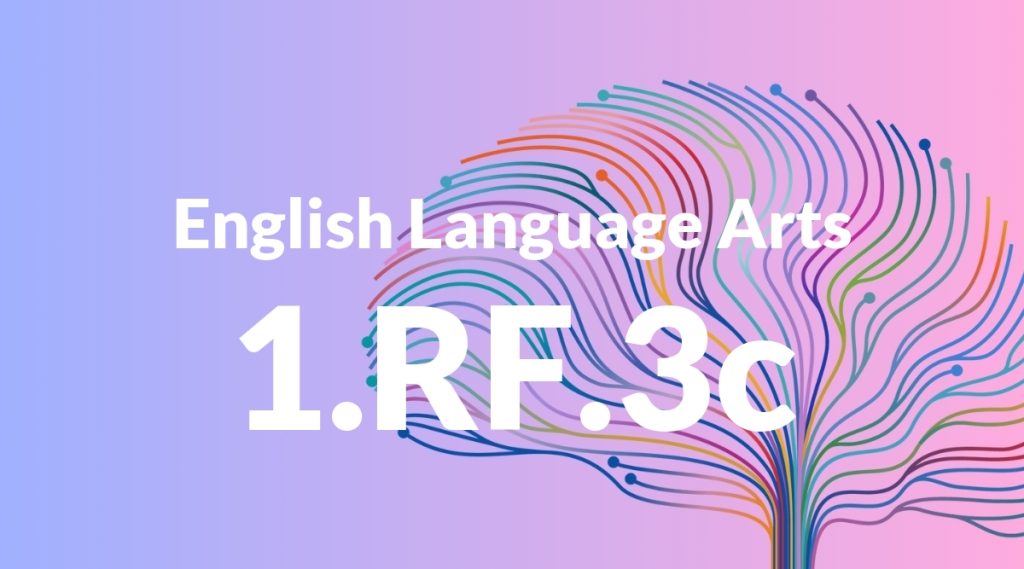Standard: 1.RF.3c – Know final -e and common vowel team conventions for representing long vowel sounds.
Grade level: Grade 1
Subject: English Language Arts
Domain: Reading: Foundational Skills
Teacher Overview
This standard focuses on helping students understand how final -e and common vowel teams represent long vowel sounds. Mastering this skill is crucial for reading fluency and comprehension, as it allows students to decode and read a wider range of words accurately. Students should have a solid understanding of short vowel sounds and be able to recognize consonants and vowels.
After mastering this standard, students will be able to decode more complex words and will be better prepared for advanced reading and writing tasks.
Common Misconception 1
A common misconception is that all words ending in ‘e’ have a long vowel sound. This is incorrect because there are exceptions, such as ‘have’ and ‘give’.
Intervention 1
To address this, provide students with a mix of words that follow and do not follow the final -e rule, and engage them in sorting activities.
Common Misconception 2
Another misconception is confusing vowel teams with blends and digraphs. Vowel teams are pairs of vowels that make a single sound, while blends and digraphs involve consonants.
Intervention 2
Use visual aids and hands-on activities to help students differentiate between these phoneme combinations and practice them in context.
Prerequisite Knowledge
Students should be familiar with basic short vowel sounds and the concept of consonants and vowels.
Subsequent Knowledge
Students will develop the ability to decode more complex words and improve their reading fluency and comprehension.
Instructional Activities
- Phonics games focusing on long vowel sounds.
- Word sorting activities with final -e and vowel teams.
- Reading aloud from books emphasizing long vowel sounds.
- Creating word lists and flashcards for practice.
- Interactive whiteboard activities to highlight long vowel sounds.




